Tips for Maintaining Your 4-in-1 Detectors
The four-in-one detector (typically capable of simultaneously monitoring oxygen, combustible gases, carbon monoxide, and hydrogen sulphide) is a portable safety device widely employed in industrial safety, petrochemical operations, mining, and confined space work. It provides real-time gas concentration monitoring in hazardous environments, issuing timely warnings of potential risks to safeguard personnel. However, ensuring the detector remains in optimal working condition necessitates regular maintenance and servicing. This article provides a series of practical maintenance tips to assist overseas users in scientifically and efficiently managing their four-in-one gas detectors, ensuring their long-term stable operation.

1. Regular Calibration Testing
Undergo professional calibration at intervals recommended by the manufacturer (typically every 6-12 months) to verify sensor accuracy for detecting combustible gases, oxygen, carbon monoxide, and hydrogen sulphide. Cross-verify using standard gases to prevent false alarms or missed detections caused by sensor drift.
2. Clean Sensors and Air Inlets
Weekly clean the detector casing and air inlets with a soft-bristled brush or compressed air to remove dust and grease, preventing particulate blockages. Avoid solvents or corrosive cleaners to prevent damage to sensitive components.
3. Check Battery Status
Confirm sufficient battery charge before each use (recommended to maintain above 50%). For long-term storage, recharge every three months to prevent battery degradation. Where replaceable batteries are supported, prioritise original manufacturer batteries or certified alternatives.
4. Avoid Extreme Environments
Prevent exposure to high temperatures (>50°C), low temperatures (<-20°C), high humidity (>95% RH), or corrosive gases, as these conditions may accelerate sensor degradation. For harsh environments, select models with an IP67 or higher protection rating.
5. Maintain a maintenance log
Establish a device maintenance record, documenting calibration dates, fault codes, replaced components, and other relevant information. Analyse data to predict sensor lifespan proactively. For instance, electrochemical sensors typically last 2-3 years, while catalytic combustion sensors last 3-5 years.
6. Impact and Drop Protection
Fit detectors with protective casings to prevent internal component loosening from falls. Use dedicated transport cases with sensor position securing to minimise vibration impact.
7. Software Updates and Firmware Upgrades
Periodically connect to the manufacturer's software platform (e.g., via USB or Bluetooth) to download the latest firmware for optimised algorithm performance. Certain models support automatic alarm threshold adjustment; ensure software version compatibility.
8. Pre-storage Preparation
Prior to extended storage, operate the detector in a clean, dry environment (temperature 20-25°C, humidity 40-60%) for 24 hours to expel internal moisture. Remove batteries and store separately to prevent leakage from corroding circuitry.
9. Professional Maintenance and Component Replacement
Upon encountering error codes such as E1 (sensor failure) or E2 (circuit anomaly), cease operation immediately and contact an authorised service centre. Never disassemble the device yourself, particularly components involving explosion-proof structures.
10. User Training and Operational Protocols
Conduct regular operator training emphasising the standard procedure: ‘Power-on self-test → Wear check → Area detection → Power-off cleaning’. Avoid obstructing air inlets or concealing alarm lights/sirens during testing.
The four-in-one gas detector is a vital tool for industrial safety, yet its effectiveness relies on scientific maintenance and upkeep. Through regular calibration, sensor checks, protective cleaning, battery management, and functional testing, overseas users can ensure detectors remain in optimal working condition, providing reliable safety assurance for personnel. Safety is no trivial matter. Establishing a comprehensive maintenance plan is not only a responsibility towards life but also safeguards corporate compliance and operational efficiency. We hope these tips assist you in better managing your four-in-one gas detectors, ensuring safety accompanies every task you undertake.
Related information
-
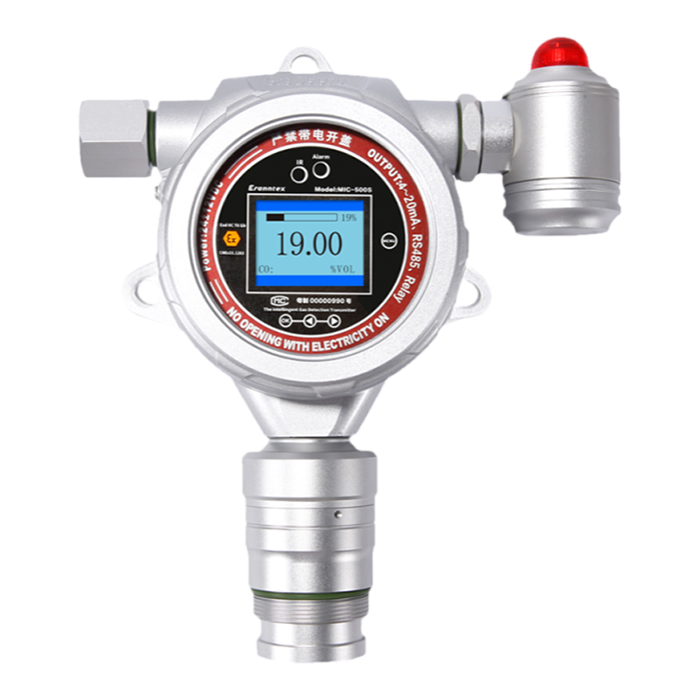
Combustible Gas Detectors: Your First Line of Defense
In today\'s society, whether in cosy domestic settings, bustling industrial environments, or challenging outdoor work zones, combu...
2025-10-31 -

How to Test Your Oxygen Detectors Effectively?
In today\'s society, where safety and health are paramount, oxygen detectors serve as vital equipment safeguarding us from the d...
2025-10-29 -

Oxygen Detectors: Your Key to a Safer Environment
In the global pursuit of safety and healthy living, oxygen detectors are increasingly becoming indispensable equipment for safeg...
2025-10-27 -
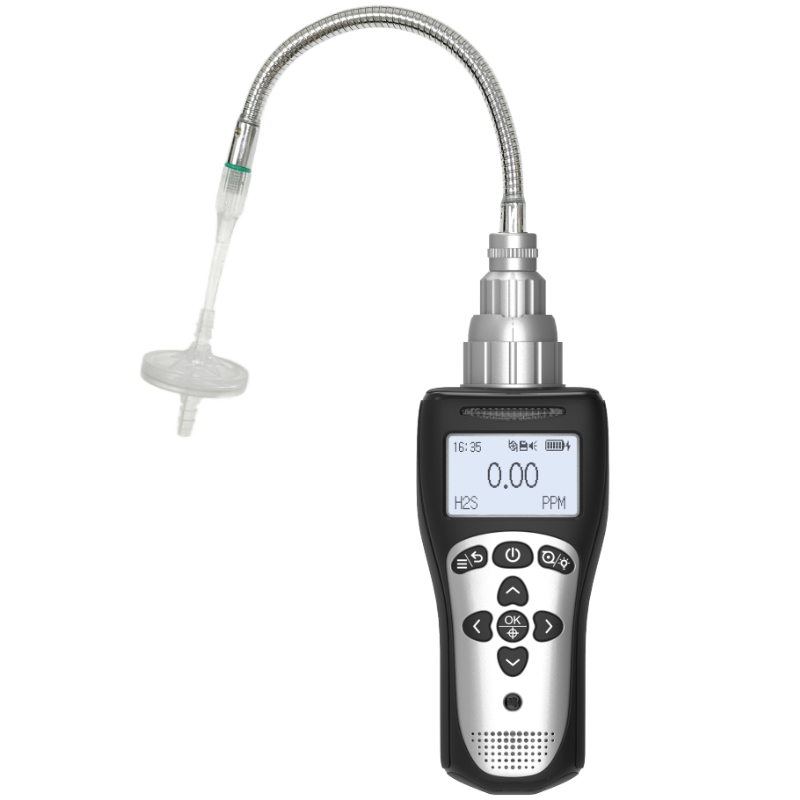
6 Types of Oxygen Detectors You Should Know About
In countless industrial, commercial, and research settings, oxygen serves as both the source of life and a potential hazard. Insuf...
2025-10-24 -

How Often Should You Replace Your Oxygen Detectors?
In today\'s society, oxygen detectors play a vital role across industrial production, underground operations, and specific domesti...
2025-10-22

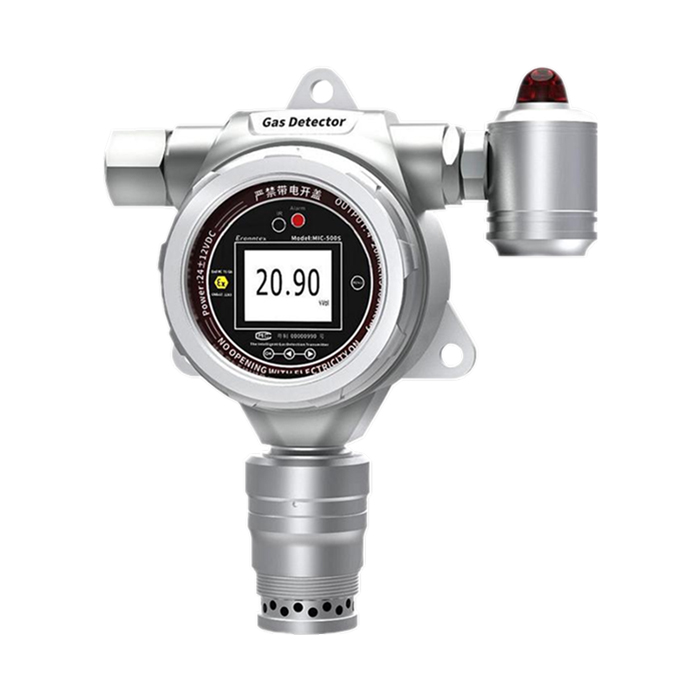
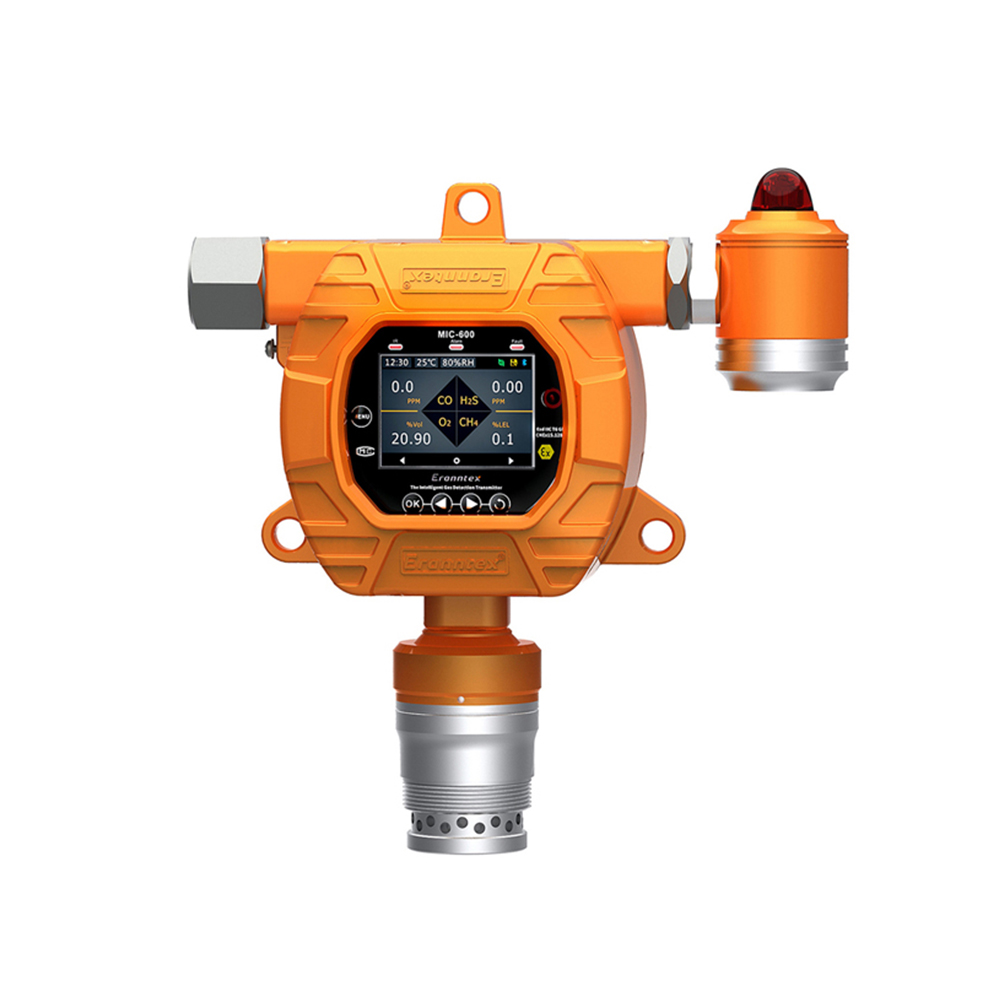
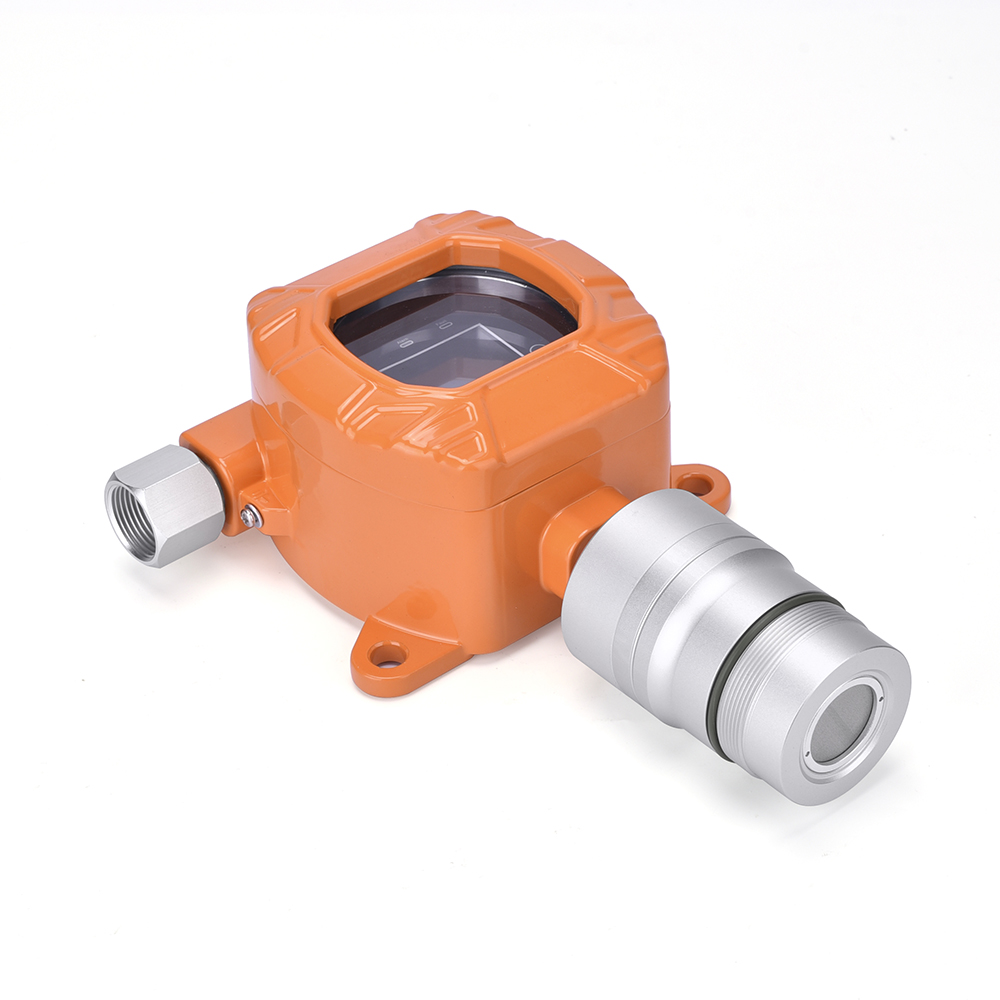
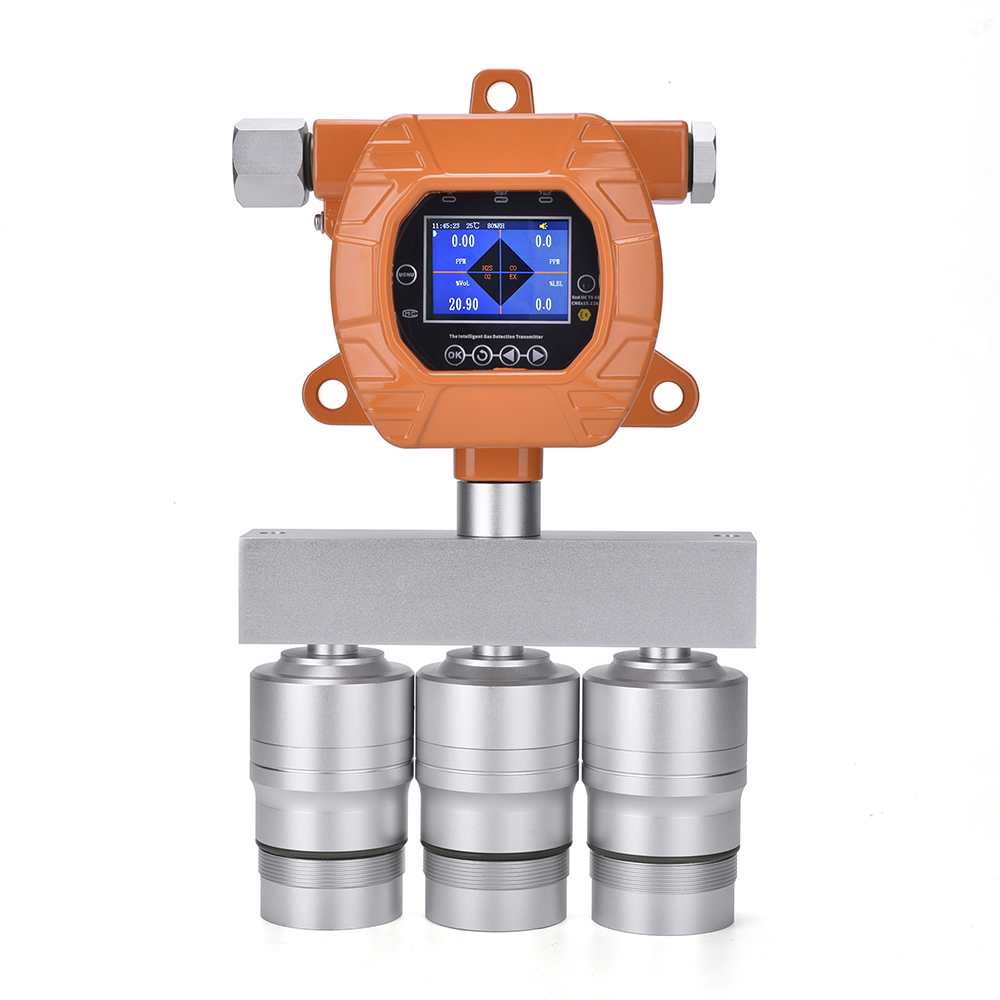

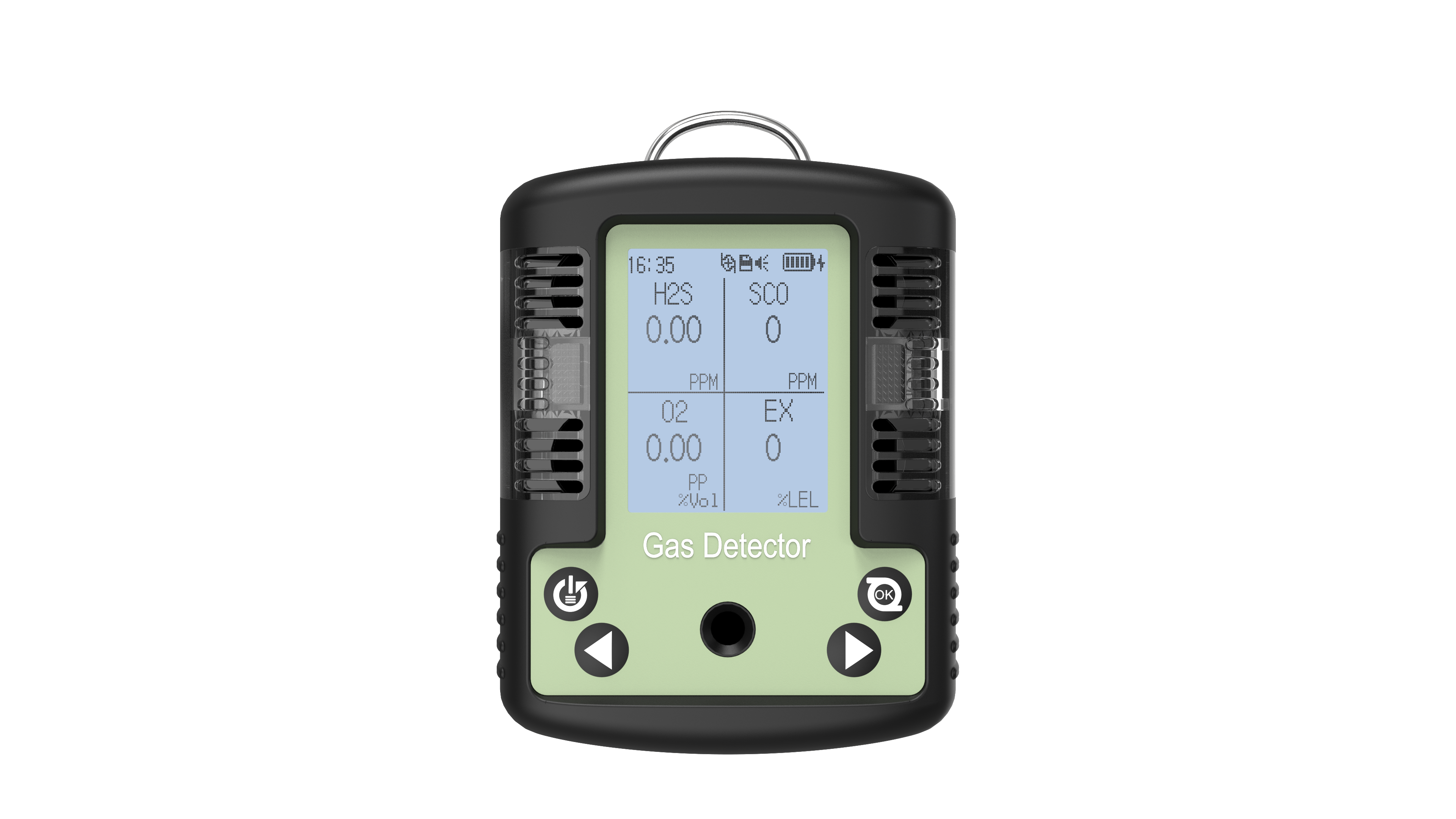
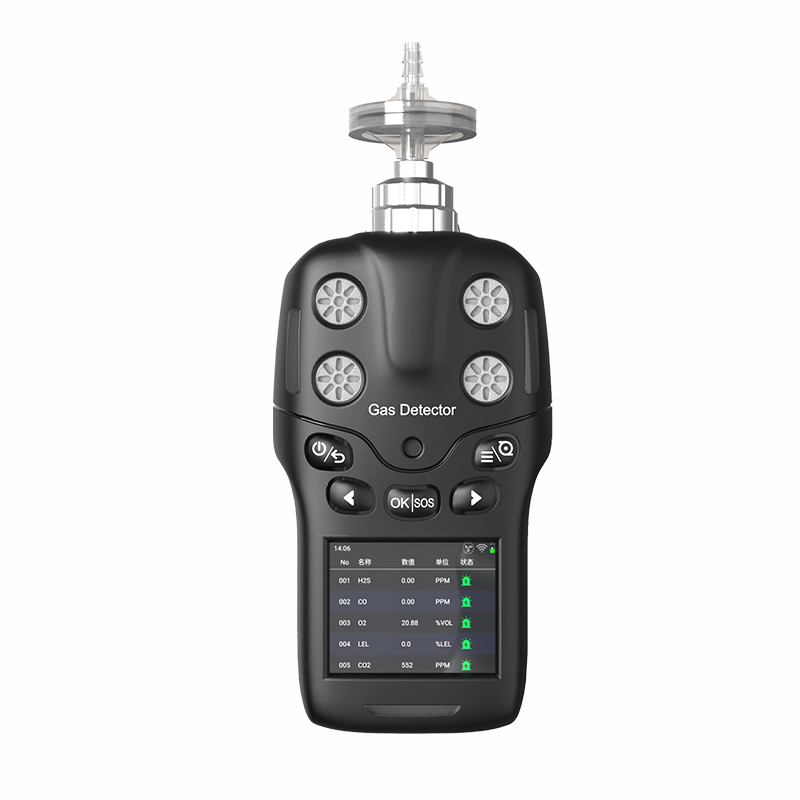

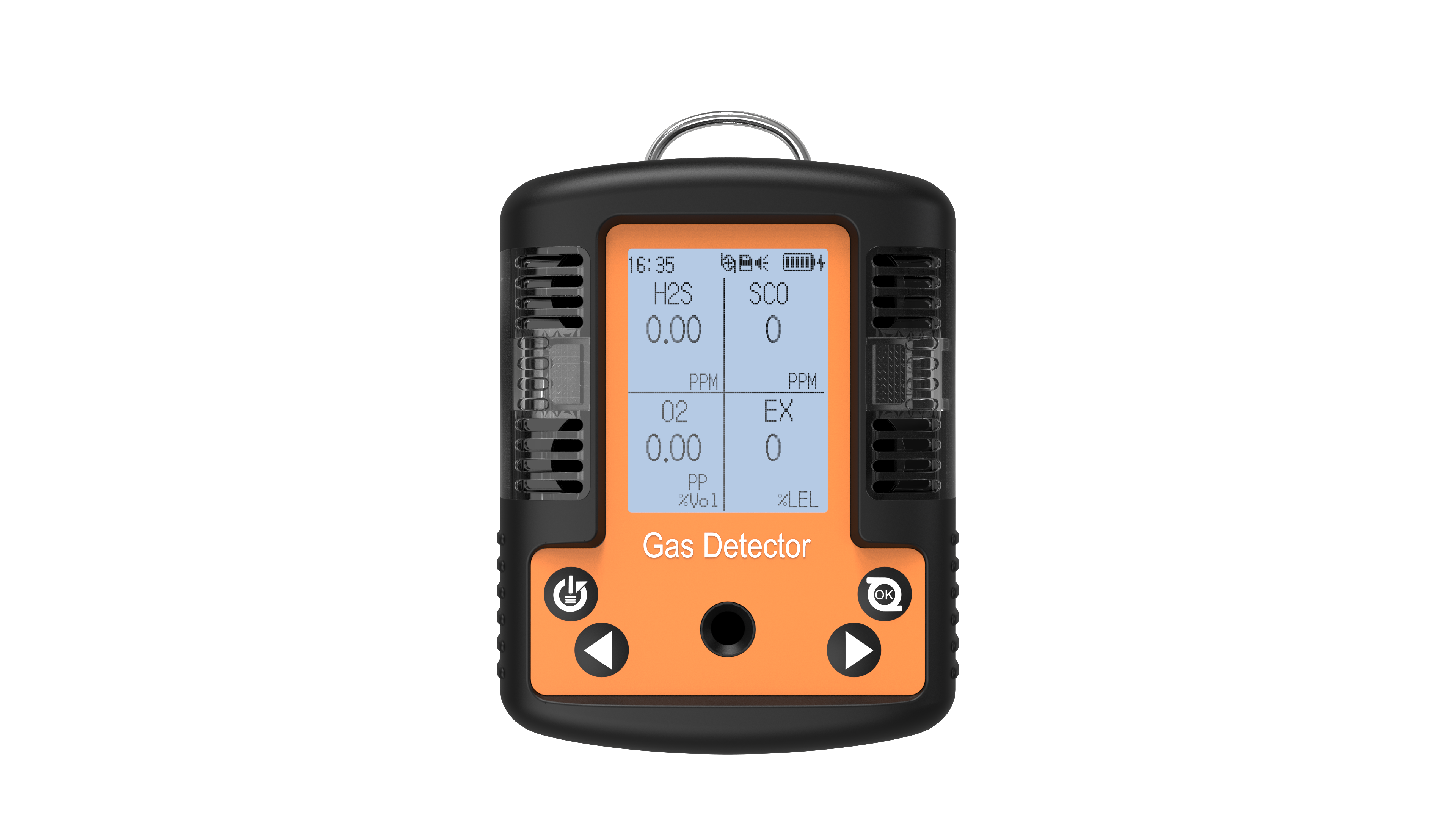
 info@eranntexgas.com
info@eranntexgas.com


 13480931872
13480931872